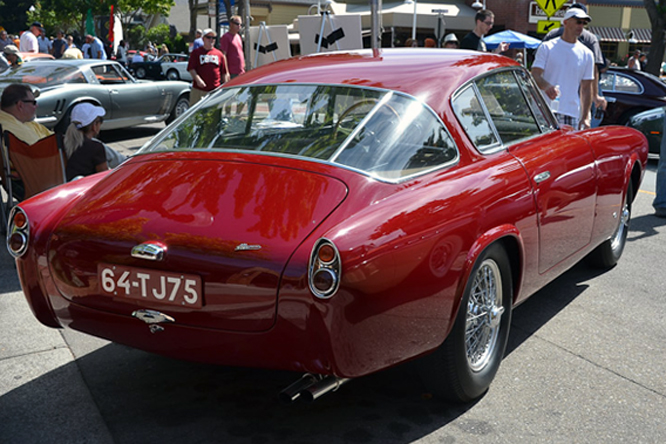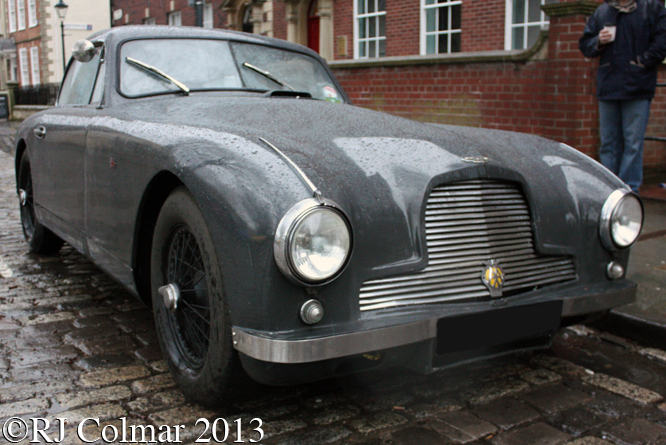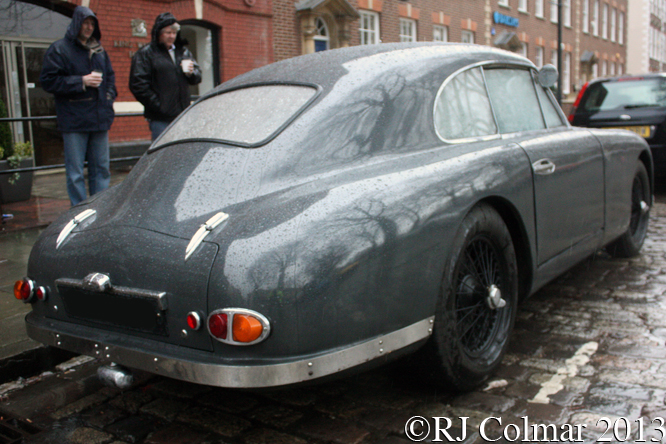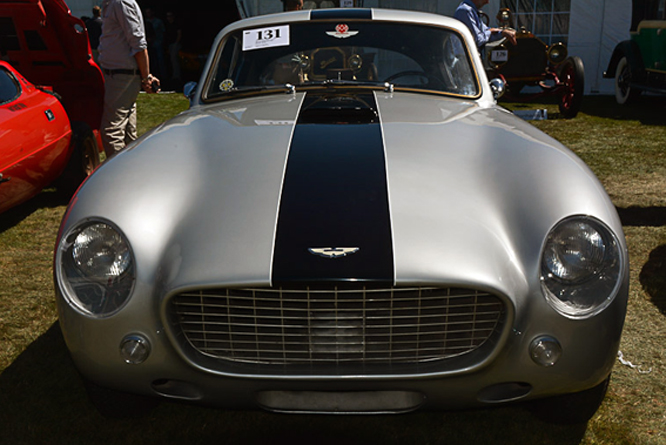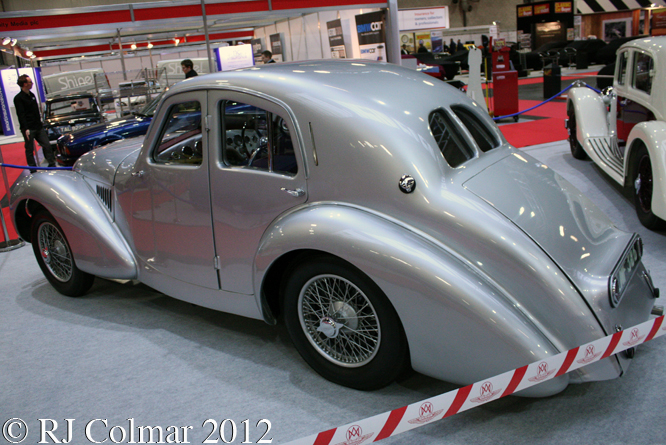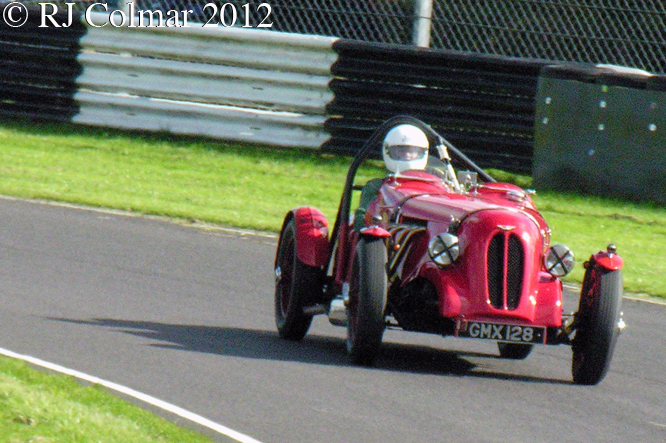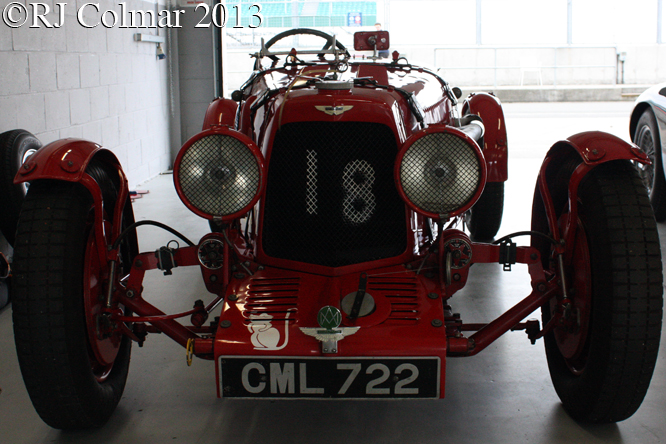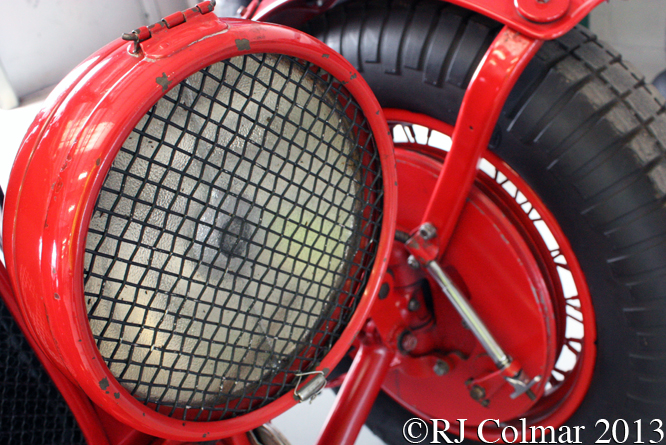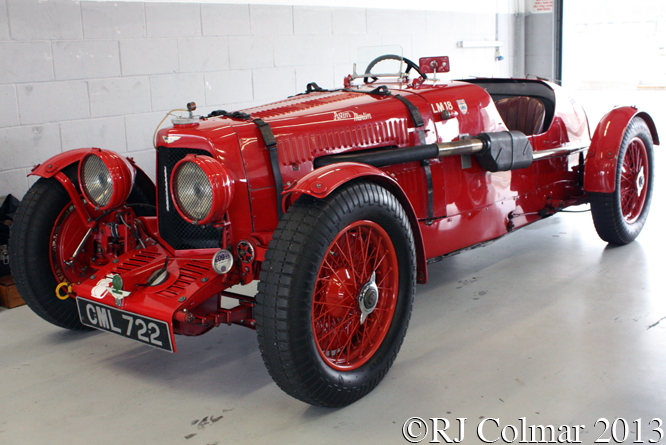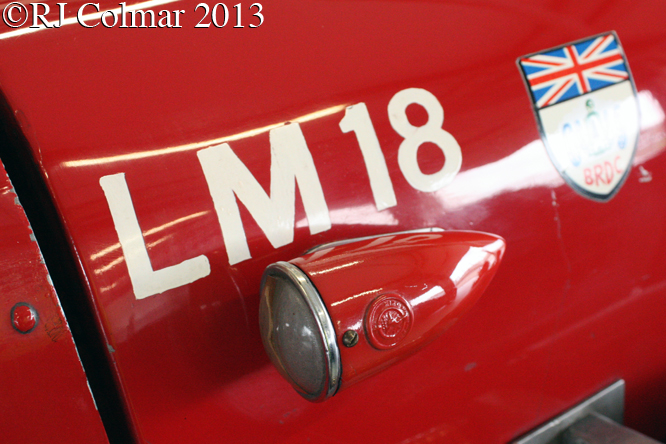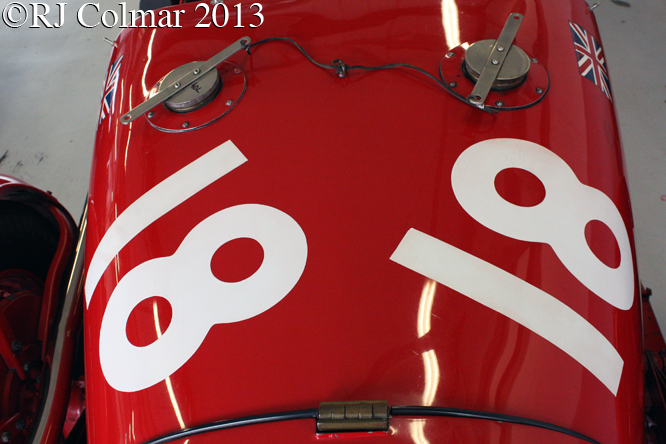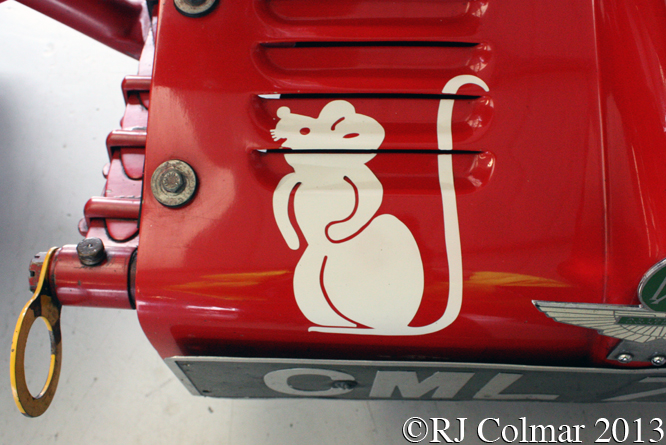While showing his Jaguar at the Danville Concours d’Elegance last month Geoffrey took a wonder around the automotive treasures at the Blackhawk Museum and kindly sent today’s photographs.

In 1927 Mercedes Benz replaced it’s Model K with the Model S which among it’s innovations introduced a chassis that was lowered between the front and rear axles, which dramatically lowered the cars wind resistance and lowered it’s center of gravity which improved the handling. 146 Model S vehicles were built, this 1928 example was bought new by the entertainer Al Jolson.

Minerva was a Belgian manufacturer started by Dutchman Sylvain de Jong, like many motor manufacturers de Jong started building bicycles and by 1928 when he died had graduated to manufacture high end automobiles. The 1929 Minerva Type AM seen above was supplied as a chassis to which coach builbers Walter M Murphy of Pasadena, CA fitted a “Clear Vision” Convertible Sedan body. The six cylinder car would have been a little cheaper than a contemporary Rolls Royce.

After a career working for European coach builders Howard “Dutch” Darrin set up a showroom and bodyshop in Hollywood California called Darrins of Paris to restyle automobiles for Hollywoods rich and famous. Among the cars he restyled was Preston Fosters 1939 Packard 120 seen above with Darrin Convertible Victoria bodywork. This car was later updated with 1941 Packard Super Eight grill, bumpers and headlights.
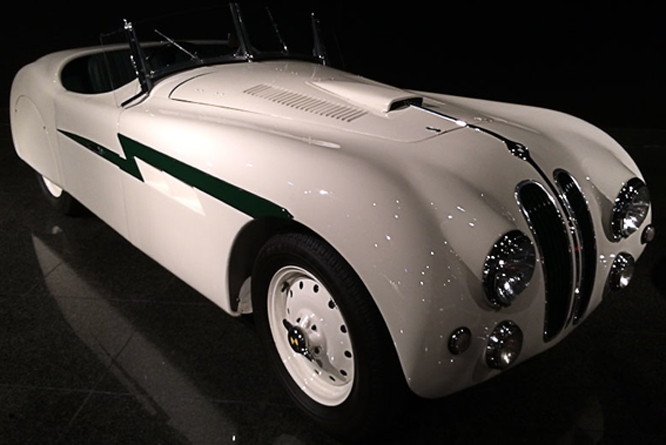
Fraser Nash were the British importers of BMW cars into Britain prior to the 1939-45 war. Of the 464 BMW 328’s the 1939 example seen above is one of six known to survived the war, it was fitted with a custom Sports 2 seater body by Fraser Nash and driven by Dickie Stoop and Peter Wilson in the 1949 24 hour race at Spa in Belgium where it came home 12th overall sixth in class.

The body of the red gem above is by Bertone of Italy while the chassis and engine is 1954 Aston Martin DB2/4. The Aston Martin DB2/4 Bertone Coupé is a one off prototype, no more were built because Aston Martin refused to supply any more DB2/4 chassis though it is by no means the only DB2/4 to feature unique Italian bodywork.

When ALFA Romeo wanted a 4 cylinder 2 litre 122 cui motor in 1950 they redesigned their twin cam 6 cylinder 6C 2500 with two fewer cylinders and called it the 1900. The 1955 1900 Sprint Speciale SSZ seen above is one of around 40 thought to have been built with coachwork by Zagato featuring a double bubble roof.

The 140 mph 1960 Maserati 3500 GT Vignale Spider, above, is one of 243 built between 1957 and 1963. Fitted with drum brakes and a four speed gearbox it was more luxuriously appointed than the Ferrari 250 GT’s against which it competed in the market.
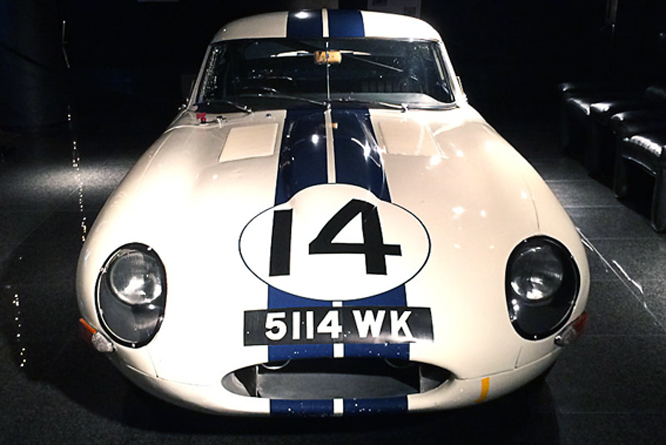
In 1963 Briggs Cunningham entered 3 factory built Jaguar XK-E’s with hard top alloy bodies in the Le Mans 24 hours. One, 5115 WK qualified 20th and finished 9th, 5116 WK qualified 18th and was destroyed by fire after an accident on lap 40 while the car above driven by Augie Pabst and Walt Hangsen qualified 13th and retired in lap 8 with a broken gearbox.
My thanks to Geoffrey Horton for sharing today’s photographs, more of which from the Blackhawk Museum will be seen on Friday.
Thanks for joining me on this “Automotive Treasure” edition of “Gettin’ a li’l psycho on tyres” I hope you will join me again tomorrow for Americana Thursday when I’ll be looking at a Ford Thunderbird. Don’t forget to come back now !



